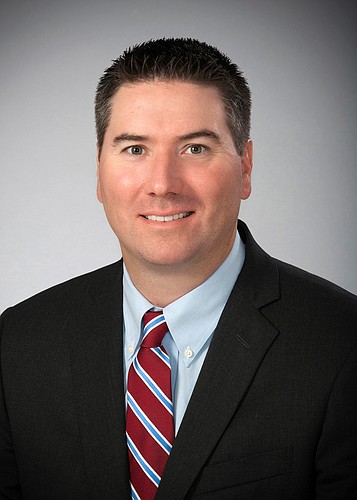- December 13, 2025
-
-
Loading

Loading

Banks across the region have gotten stronger on average over the past year — based on how much capital institutions are holding to cover liabilities.